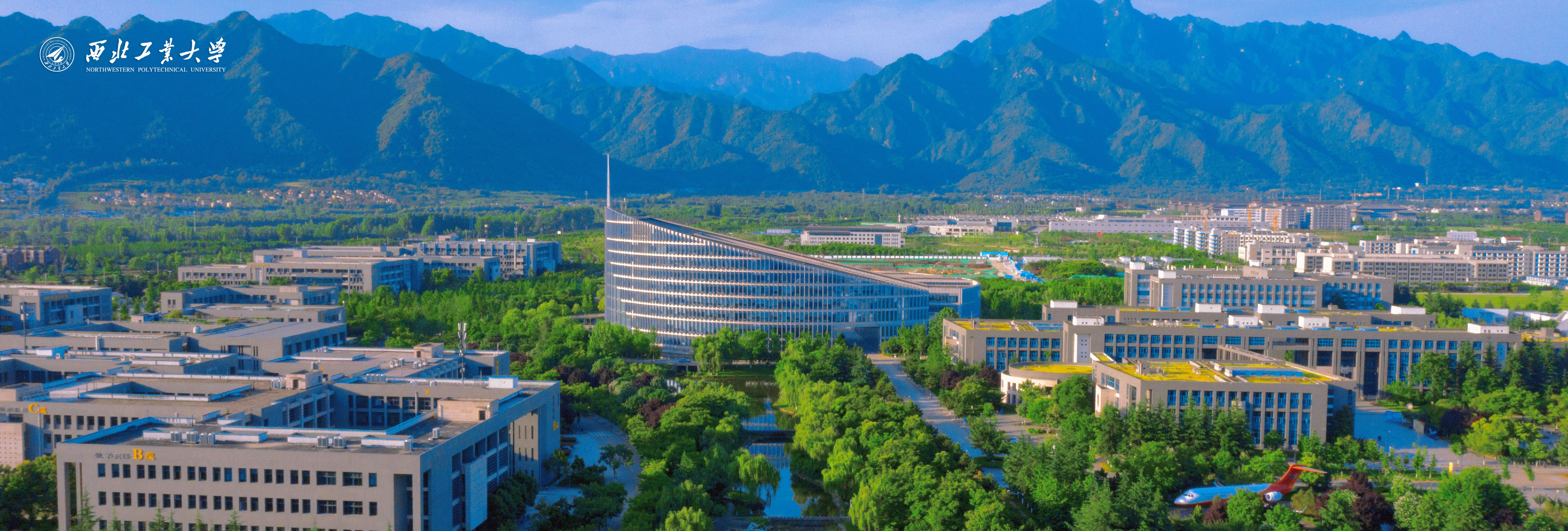祝贺邓勇关于陶瓷基复合材料高温断裂韧性研究的论文“ Fracture toughness evolution and failure mechanisms of two-dimensional SiCf/SiC composites at temperatures up to 1500 ◦C in air ”被“Theoretical and Applied Fracture Mechanics”接收!
Details:Yong Deng, Yi Hao, Chao Zhang, Ruzhuan Wang.Fracture toughness evolution and failure mechanisms of two-dimensional SiCf/SiC composites at temperatures up to 1500 ◦C in air,Theoretical and Applied Fracture Mechanics,131 (2024)104458
Link:https://doi.org/10.1016/j.tafmec.2024.104458
ABSTRACT
Silicon carbide fiber reinforced silicon carbide composites (SiCf/SiC) are of the few most promising materials for high-temperature structural applications. In this study, two-dimensional (2D) plain-woven SiCf/SiC composites were prepared by chemical vapor infiltration process and subjected to single-sided notched beam three-point bending tests from room temperature (RT) to 1500 ◦C in air. The temperature-dependent bending load–deflection curves and fracture toughness were obtained. The results show that the SiCf/SiC composites exhibit linear deformation characteristics initially, followed by nonlinear deformation behavior which become more pronounced with increasing temperature. The fracture toughness decreases in the range of RT to 1000 ◦C due to the evolution of components properties, and increases at 1200 ◦C due to the interface property degra dation and fiber pull-out. Above 1200 ◦C, it decreases with increasing temperature owing to the serious high- temperature oxidation. Further, the failure mechanisms of the 2D plain-woven SiCf/SiC composites at different temperatures was analyzed through macro and micro analysis. The evolution of components properties affected by high temperature and oxidation as well as fiber pull-out play a leading role in fracture toughness of composites. The findings of this study provide important support for the mechanical behavior and failure mechanisms of SiCf/SiC composites at ultra-high temperatures in air.


 售前咨询热线
售前咨询热线